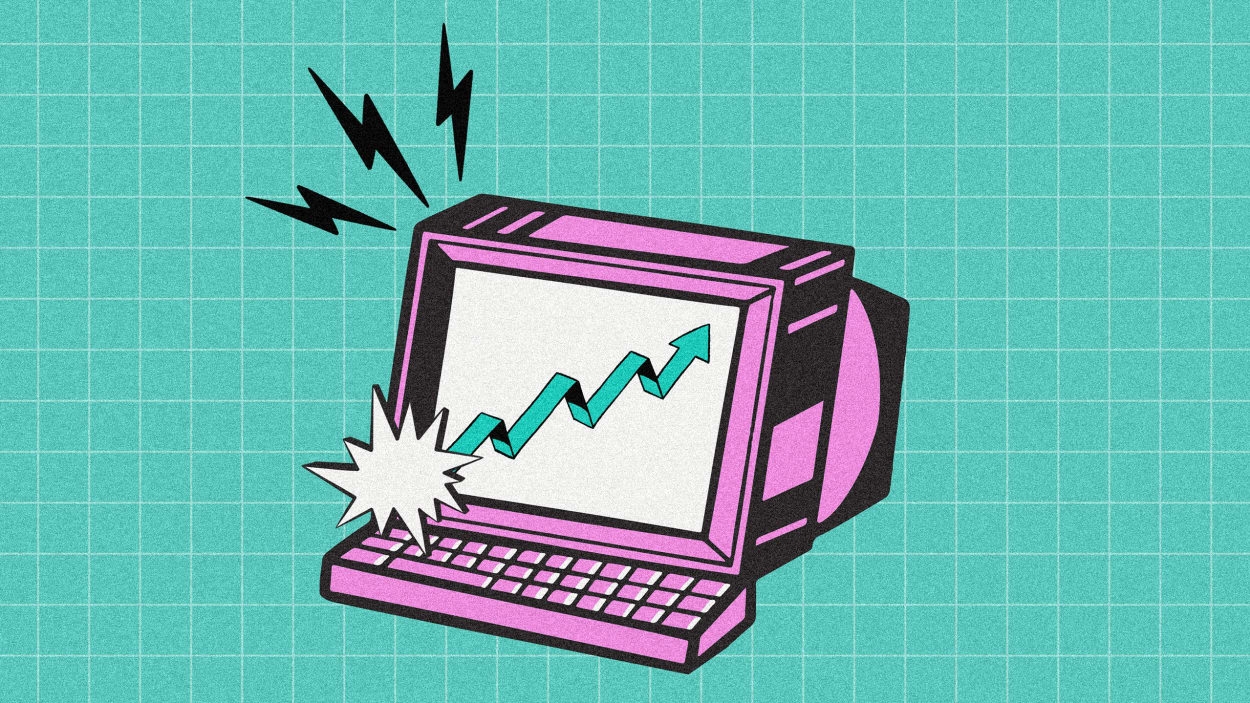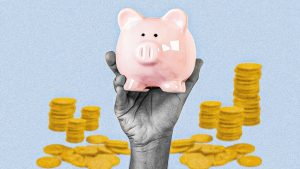By Allan Sloan
We may be seeing a light at the end of the tunnel when it comes to the stock market. And it’s not from an approaching train.
U.S. stocks are up nicely this year; we got good news this week about good growth in the gross domestic product (GDP); and many of the people and institutions that had been predicting gloom, doom, and recession have changed their minds.
In fact, we may soon see the bear market, which began after the Standard & Poor’s 500 Index hit its all-time high on January 3, 2022, officially come to an end. Which would be nice for the millions of us who own stocks.
The conventional wisdom, which I consider unwise, is that the bear market will end the day the S&P closes above its all-time high, which is a bit less than 5% above Thursday’s market close.
But while that definition may make historical sense of a sort, when you’re looking at a market that has risen by almost $10 trillion in value in nine months since hitting a low last October, it sure feels bullish to me. Regardless of what market mavens call it.
Another market definition I have trouble accepting involves what I call the 20-20 Thesis: a 20% rise from a low means that we’re in a bull market, and a 20% drop from a high means we’re in a bear market. That strikes me as, shall we say, more than a little arbitrary. It simplifies life for people writing about markets, but it doesn’t really tell us anything.
To me, a bull market is a market in which stock prices are rising, people are optimistic, and the gains feed on themselves. A bear market is a market in which prices are falling, people are pessimistic, and the declines feed on themselves.
Of course, these things are subjective rather than objective, and we know them only in retrospect. That’s a problem if you want to know right now whether we’re in a bull or bear market. But that doesn’t matter to average retail investors (who include me)—or at least, shouldn’t matter.
If you look at some numbers that I got from Wilshire Indexes, you’ll see why I say we’ve been in a bull market since last October. Or at the very least, a bullish market.
According to the FT Wilshire Index, the value of the U.S. stock market fell from a high of $52.3 trillion on January 3, 2022, to a low of $37.4 trillion on October 14. But between that bottom and July 27, the market has risen by $9.8 trillion, a 26% increase.
Lately, those of us who follow the financial markets have been reading and seeing and hearing (and sometimes writing) story after story about how well stocks are doing—and how the Dow Jones Industrial Average and the S&P both set records for consecutive days of closing higher.
Both the stock market and corporate America seem to be feeling optimistic about things, with the trauma of the COVID-19 plague gradually becoming history rather than current events.
This is why I think you can make the case that a bull market in stocks started on October 12, 2022 (when the S&P and Dow hit their lows), or October 14 (the Wilshire’s low).
Regardless of whether you use the S&P, the Dow, or the Wilshire, values have been heading up for more than nine months, since their October lows.
To me, the higher stock prices, the optimism, the almost $10 trillion of higher market value, and the fact that the gains seem to be feeding on themselves all indicate that we’re in a bull market.
Some sophisticated-market mavens—such as Daniel Wiener, chairman of Adviser Investments of Newton, Massachusetts, whose recent commentaries first got me thinking about whether we’re approaching a bull market—have an interesting way of dealing with the bull-bear question.
“The bear market is over,” Wiener told me, “but the bull market hasn’t yet started.”
Of course, predicting the immediate future course of the stock market is fraught with financial and reputational risk. Just about the time that almost everyone agrees about something, the market tends to start heading in the other direction.
That’s why I don’t dare predict when the S&P might close above its all-time high. For all I know, a few days after this article appears, the market will start heading downward and not break through last year’s high for months . . . or years. I don’t think that’s likely—I’m not trimming back my personal investments—but you never know.
As I write this, the S&P is down only 4.8% from its all-time high, having recovered most of the 24.9% drop between last January and October.
But if you use an indicator that Wiener introduced me to, the S&P Total Return Index—which includes not only S&P stocks’ price changes but reinvested dividends as well—it’s down only 3%.
Either way, the market has been going great since October, with the S&P Total Return Index up 28.5% from its low.
I sure hope that stocks keep rising and that someday soon we get bombarded with news and commentary about how the S&P has broken last year’s record, and we’re now in an official bull market.
But regardless of what you call it, we’ve been in a rapidly rising market for the past nine months. And that’s no bull.
(5)
Report Post







